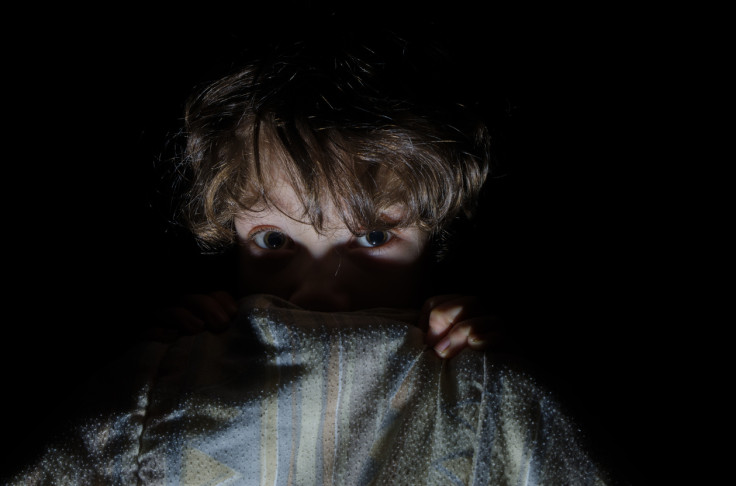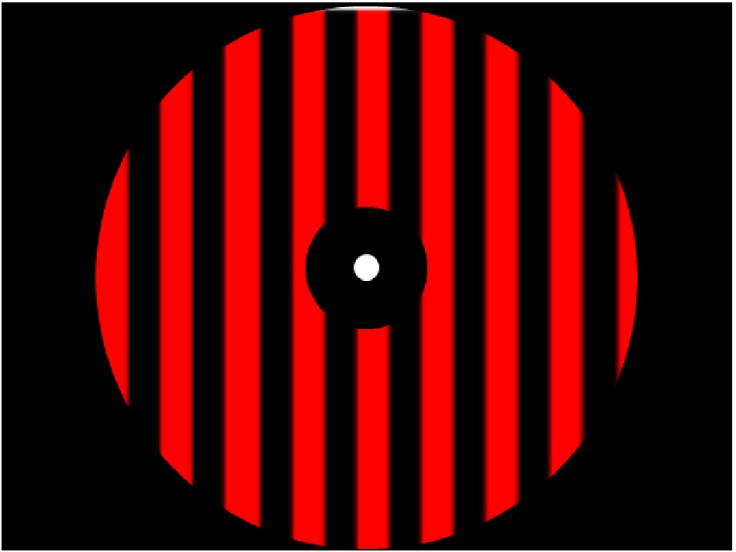Mixing pleasure and pain - fears can be wiped out using artificial intelligence and cash rewards
The research could be used to treat phobias without exposing people to triggering images.

Fears can be plucked from the brain without you knowing it, using real-time brain scanning, artificial intelligence and a bit of money, Cambridge researchers say.
The researchers used real-time brain-scanning and artificial intelligence to detect the brain activity associated with an image on a computer screen. Seventeen study participants were zapped with an electric shock whenever they saw the image – a neutral circle with a series of lines on it. They quickly began to fear it, with a faster heart rate and sweating when they saw it.
But the researchers found that they could override this fear through a process called counter-conditioning.
"If you just look at the brain when it's at rest, there are moments when you see a bit of brain activity that looks like a piece of the fear memory," Ben Seymour of the University of Cambridge told IBTimes UK.
When the participants were in a state of rest and not looking at any images, a computer hooked up to an MRI scanner monitored their brains for signs of brain activity associated with the scary image. When it found that the participants were experiencing a subconscious flashback to the image, they were quickly given a small monetary reward.
The participants didn't know that they were receiving the money due to the image, but even so after several rewards, they no longer showed the physical signs of fear when they saw the scary image again.

Meaning of emotions
"If every time I gave you pain, every time I gave you pain I gave you a pound afterwards, after a while it wouldn't feel so bad," Seymour says. "It's changing the meaning of an emotion."
"There's a kind of yin and yang to reward and punishment," he says. "These things directly inhibit each other in the brain. Anything bad, if it becomes associated with something good it changes its value."

This isn't an uncommon process and happens in everyday life, Seymour says. "People will enjoy the pain of a long marathon because it's associated with being fit and healthy and well, and achievement. That's an example when we have this association with something that's actually painful that has a bigger reward. Then people actually enjoy that pain."
Individual differences
Seymour aims to build up a library of brain patterns associated with, for example, spiders that could be used to treat people with arachnophobia without exposing them to distressing images of spiders. The researchers found that was generally possible to decode brain activity in different people associated with an image such as a spider or a snake, but there are always individual differences.
It may be more challenging to apply the technique to people with post-traumatic stress disorder, he says.

"PTSD is usually oriented around an event. If you were at the 9/11 disaster then your fear memory will be quite tuned to specific perspective and the scene and the event," Seymour says. "That is something that's quite hard to decode. You can't generalise that across people because it's unique to your experience."
Seymour, working with colleagues in Japan, is seeking to develop the technique for clinical use as an alternative to cognitive behavioural therapy, in which someone has to be exposed to distressing images in order to treat their phobia.
© Copyright IBTimes 2025. All rights reserved.




















